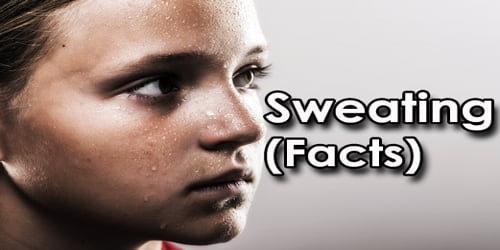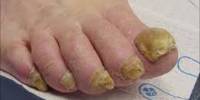Safe listening is a framework for health promotion actions designed to ensure that noise-related recreational activities (such as concerts, nightclubs, and listening to music, broadcasts, or podcasts) do not endanger hearing. It is the practise of protecting one’s hearing when exposed to sound, especially in noisy environments or when using audio devices such as headphones or earphones. Prolonged exposure to loud sounds can cause hearing damage or even permanent hearing loss, so it’s critical to protect your hearing health.
While studies show that repeated exposure to any loud sound can cause hearing disorders and other health effects, safe listening refers specifically to voluntary listening via personal listening systems, personal sound amplification products, or at entertainment venues and events.
Safe listening encourages strategies to avoid negative consequences such as hearing loss, tinnitus, and hyperacusis. While safe listening does not address exposure to unwanted sounds (referred to as noise) – such as at work or from other noisy hobbies – it is an important component of a comprehensive approach to total hearing health.
Here are some tips for safe listening:
- Use Volume Limiting: When using headphones or earphones, choose devices with volume controls. This ensures that the maximum volume level is kept within safe limits in order to avoid potential hearing damage.
- Take Listening Breaks: When listening to loud sounds or music for an extended period of time, give your ears periodic breaks. Follow the 60/60 rule, which states that you should listen at 60% of maximum volume for no more than 60 minutes at a time.
- Choose Noise-Canceling Headphones: Noise-cancelling headphones can help reduce the need to turn up the volume in noisy situations, protecting your ears.
- Avoid Listening at Maximum Volume: Maintain a reasonable and comfortable volume level on your device. If people nearby can hear your music, it’s probably too loud.
- Limit Exposure to Loud Environments: Try to minimize time spent in loud settings, such as concerts, clubs, or places with heavy machinery, especially without hearing protection.
- Use Earplugs in Noisy Environments: When attending concerts or working in loud environments, use earplugs to reduce the amount of noise reaching your ears.
- Teach Children About Safe Listening: Educate children and teenagers about the importance of safe listening practices to instill good habits from a young age.
- Get Regular Hearing Check-ups: Schedule regular check-ups with an audiologist to monitor your hearing health and catch any issues early on.
The risk of negative health effects from sound exposures (whether noise or music) is primarily determined by the intensity of the sound (loudness), duration of the event, and frequency of exposure. These three factors characterize the overall sound energy level that reaches a person’s ears and can be used to calculate a noise dose. They have been used to determine the limits of noise exposure in the workplace.
















